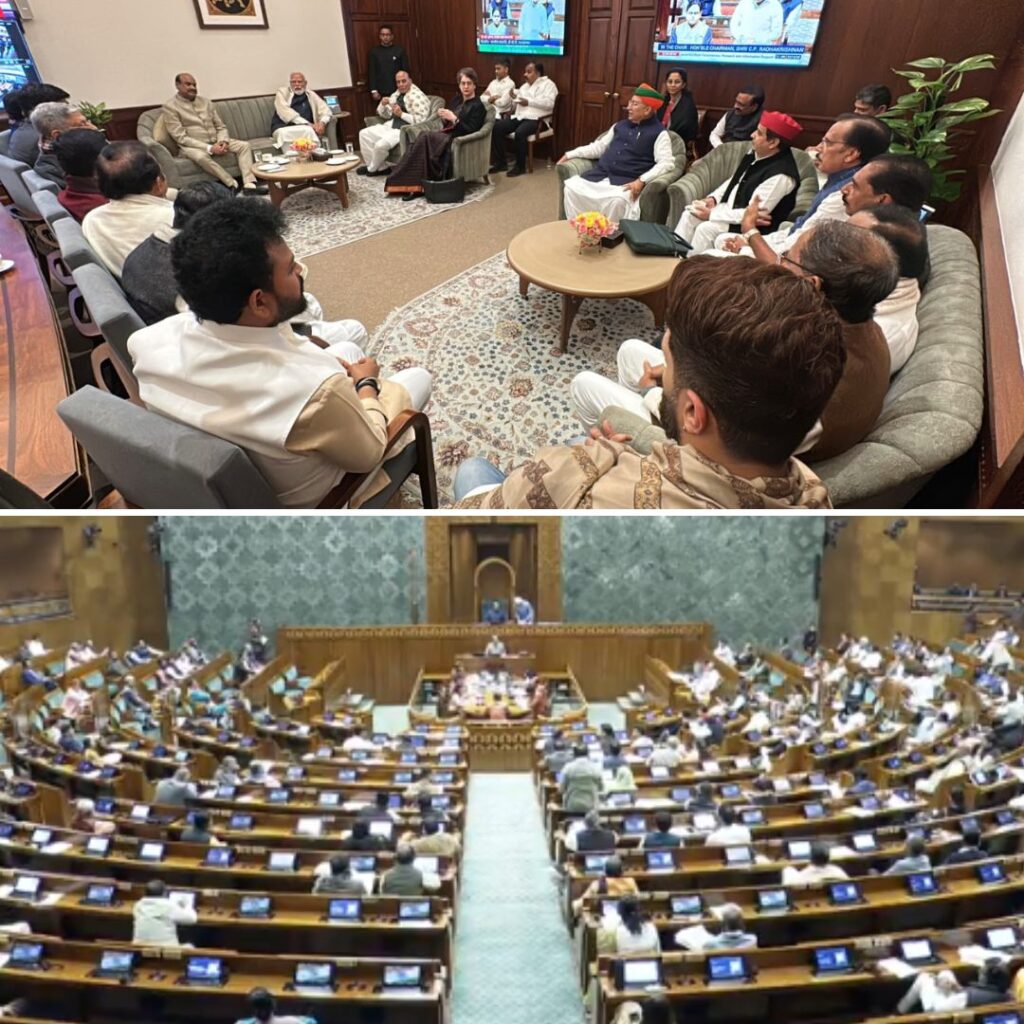In a spectacular sight, scientists from Queensland Government’s Department of Environment and Science (DES), has captured the largest gathering of green turtles ever seen in Raine Island in Australia’s Great Barrier Reef.
Using drones, the researchers from the Raine Island Recovery Project estimated there were 64,000 endangered green turtles at the Raine Island rookery, waiting to come ashore to lay their eggs.
‘We’re seeing the world’s largest aggregation of green turtles captured in these extraordinary drone images that are helping to document the largest turtle numbers seen since we began the Raine Island Recovery Project,’ Great Barrier Reef Foundation Managing Director Anna Marsden said.
Raine Island is the world’s largest green turtle nesting site. These turtles are endangered due to hunting, overharvesting of their eggs, loss of beach-nesting sights and becoming trapped in fishing apparatus.
‘We’re taking action to improve and rebuild the island’s nesting beaches and building fences to prevent turtle deaths, all working to strengthen the island’s resilience and ensure the survival of our northern green turtles and many other species,’ Marsden said.
In a paper published PLOS ONE journal, Dr Andrew Dunstan of DES explained how their research combines science and technology to effectively count endangered green turtles.
‘Trying to accurately count thousands of painted and unpainted turtles from a small boat in rough weather was difficult. Using a drone is easier, safer, much more accurate, and the data can be immediately and permanently stored,’ Dr Dunstan said.
To count the turtles, the researchers had initially painted the turtles’ shells with a white stripe of non-toxic paint while they gathered on the beach. They then waited for them to return to the water. For accuracy and easy, they made use of drones to count the turtles.
‘What previously took a number of researchers a long time can now be done by one drone operator in under an hour,’ Co-author Richard Fitzpatrick from the Biopixel Oceans Foundation said.
‘We’re finding 1.73 times as many turtles with the drone and as we do when we directly compare with the observer counts,’ Dr Dunstan told CNN.
Also Read: Over 2 Crore Baby Olive Ridley Turtles Make Their Way To Sea After Hatching In Odisha












